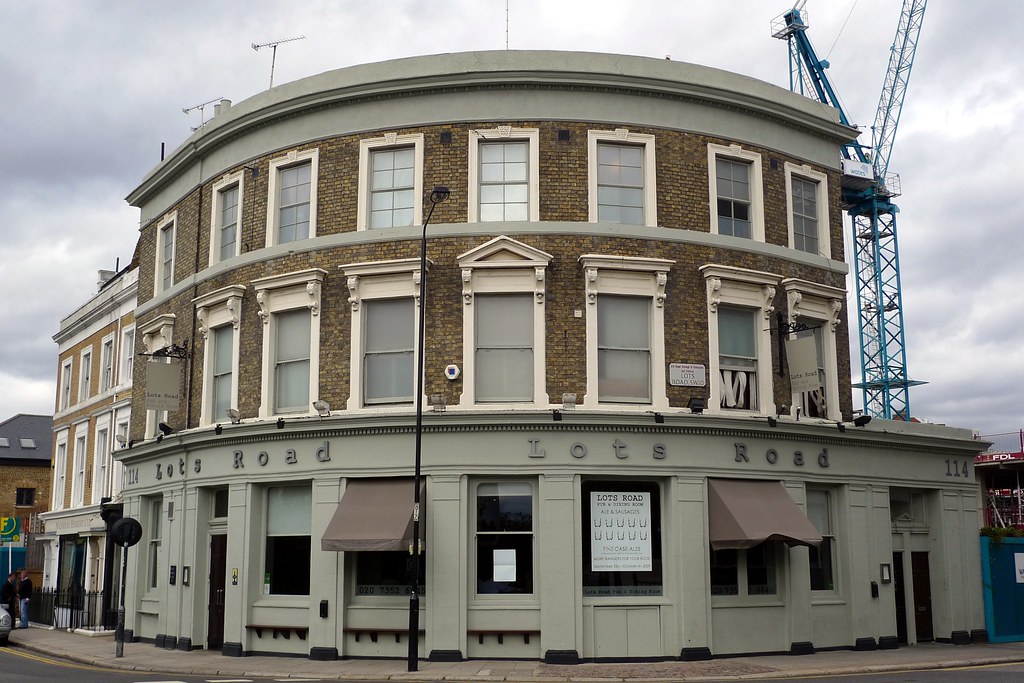Many villages had specific areas which could be grazed on at specific times. In Sports, Pastimes, and Customs of London, 1847 Craddock et al it is recorded that:
“In the parish of St. Luke, Chelsea, were formerly ” The Letts,” Lammas land, for ages appurtenant to the manor of Chelsea, The lord of the manor possessed the right of letting the land on lease for the spring and summer quarters, beginning with March and ending in August, and the inhabitants at large enjoyed the privilege of turning in their cattle from August till February, being the autumn and winter quarters.”
The grazing time was more specific the 2004 Victoria County History of Middlesex chapter 12 V.C.H noting:
“The freeholders and tenants of the manor of Chelsea had the right to graze the open arable fields with any stock except temporary sheep flocks between Lammas day (1 August) and Candlemas (2 February).”
The V.C.H note that:
“Lammas rights became a source of conflict between landowners and parishioners by the late 16th century with the gradual enclosure of parts of the open fields, particularly Westfield.”
Over the years access was curtailed and people were prevented from grazing for example a 50 acre in Westfield belonging to the earl of Lincoln was lost when he inclosed it c. 1607. However, by 1619 Lincoln’s successor, Sir Arthur Gorges, made the land available again. V.C.H recorded that:
“The commoners maintained that the close had formerly had one side left open until the earl had inclosed it; after a suit in 1612 he had left a gate into the close open for the exercise of common rights, but the gate was kept closed after the earl’s death (in 1616).”
A report was made for the Privy Council in 1631 after complaints about inclosure in Chelsea. V.C.H records:
“In Eastfield an inclosure near Stonebridge had been reversed, and c. 20 a. of Sir William Blake’s estate had been inclosed and partially hedged, but was still laid open at Lammas. The meadow in the detached part of Kensington by the Thames which was ditched and banked had also usually been commoned at Lammas over the bank. In Westfield, however, inclosures seem to have become permanent. The five acres on which Richard Stocke’s house and garden had been built by 1619, and 14 a. adjoining it behind the houses at Little Chelsea was inclosed, with another 31 a. in Westfield belonging to Lady Elizabeth Gorges, probably including the grounds of Stanley House, and 3 a. meadow of Lady Elizabeth’s in the open field had also been ditched and common rights prevented. Prior to that Lady Elizabeth and her daughter Lady Lane had been allowed to inclose 4 acres in return for a payment to the parish poor.”
John Timbs in the 1856 Things Not Generally Known Popular Errors Explained & Illustrated records:
“This state of appropriation continued till the year 1825 or 1826, when the directors of the Kensington Canal Company took possession of them for their own use immediately upon the completion of the canal ; they have detained them ever since, and have let them successively to several persons, and received rent for the same. The Chelsea Lammas lands had hitherto been opened on the 12th of August, being the first of the month according to the old style.”
There appeared to be a custom like approach to the openings as:
“The graziers, butchers, and others with their cattle, used formerly to assemble in the lane leading to ” The Letts,” on the eve of Lammas, and when the clock had struck twelve they entered the meadow.”
The Victoria County History V.C.H of Middlesex notes that:
“Lammas rights presumably became less of an issue as Chelsea’s agriculture changed, but even in 1834 the parish officers and inhabitants repossessed the Lots meadow after the bankruptcy of the Kensington Canal Company on the grounds that it was Lammas lands on which they had a right to put their cattle, with Lord Cadogan having the right to let it for the other six months.”

However, finally the Lammas rights of common grazing were abolished on the “Lots” and thus according to V.C.H:
“the The Lots meadow was still called Lammas land in the Chelsea Improvement Act of 1845, when it was owned by Lord Cadogan, the West London Railway, the Kensington Canal Company, and Chelsea parishioners.”
Now it is remembered by Lots Lane but the chances of grazing in this high end real estate is virtually zero.